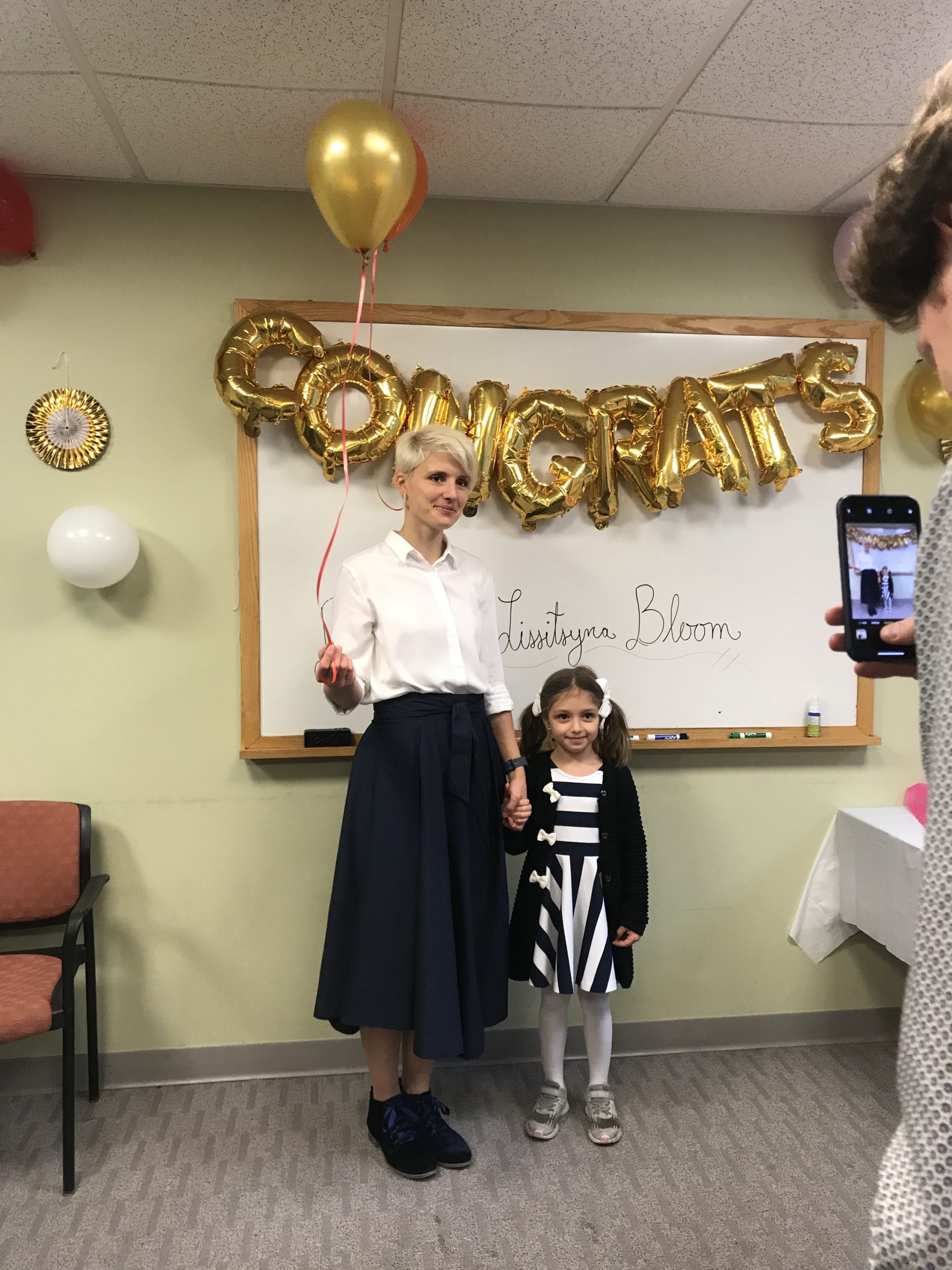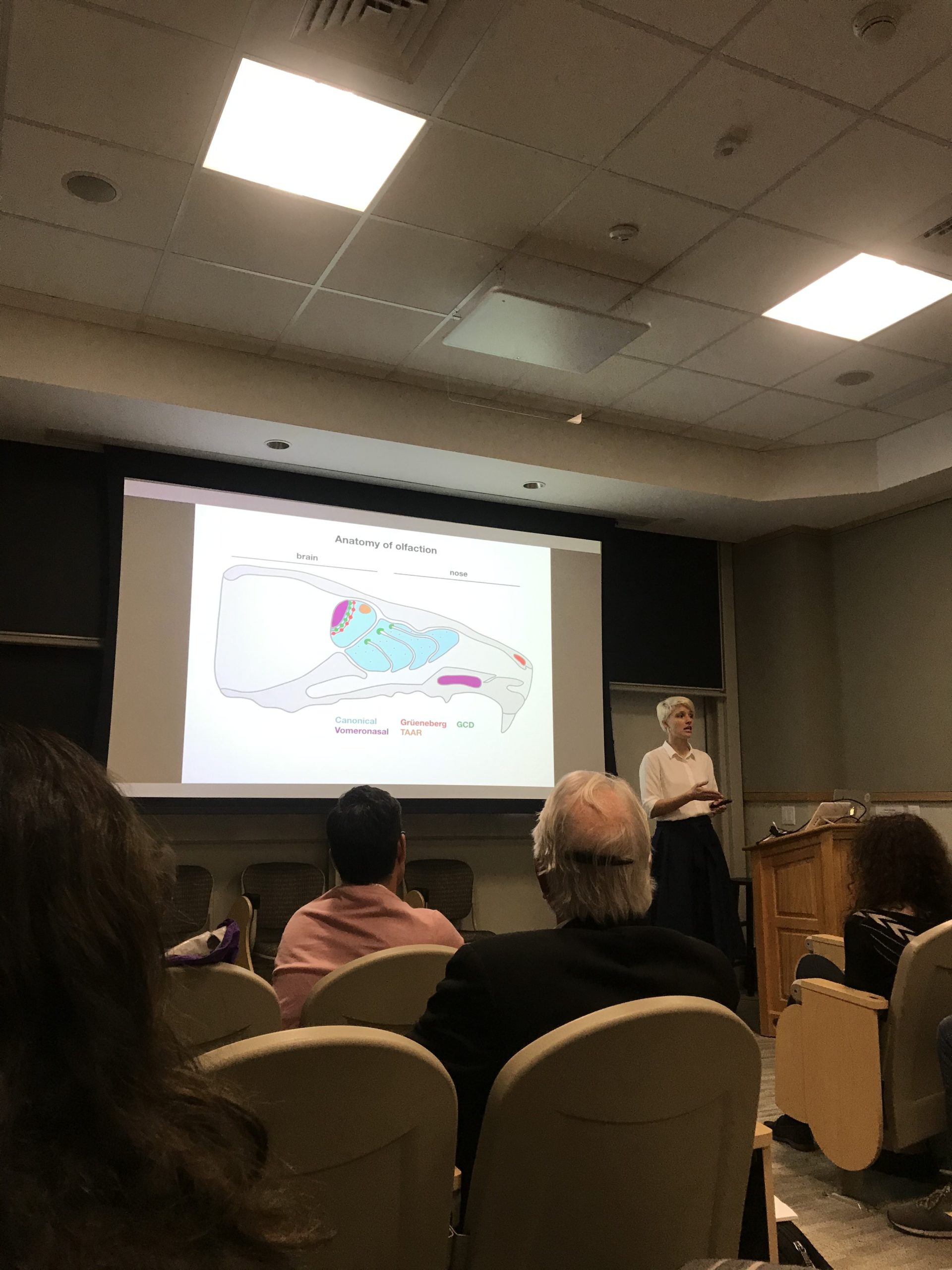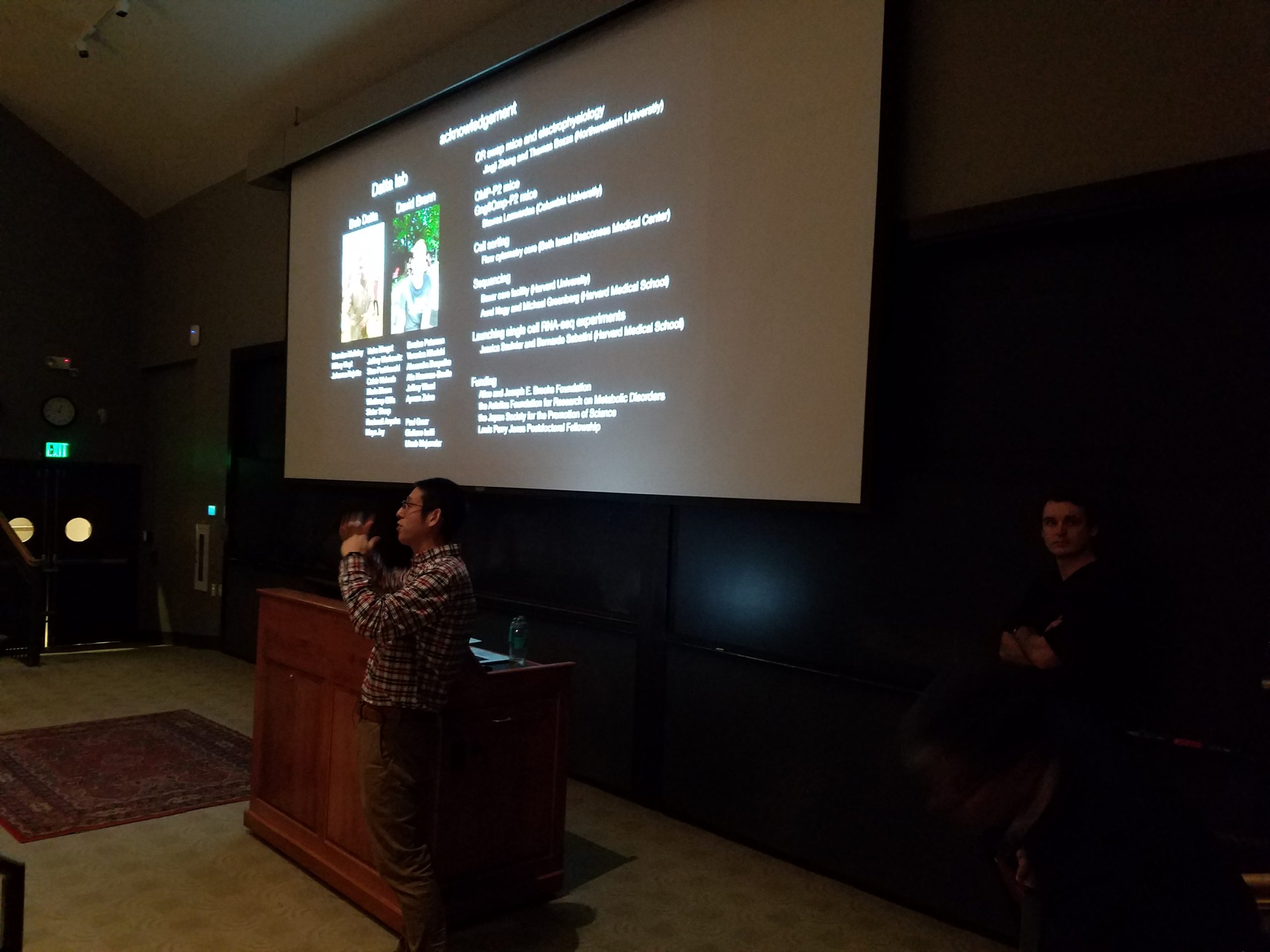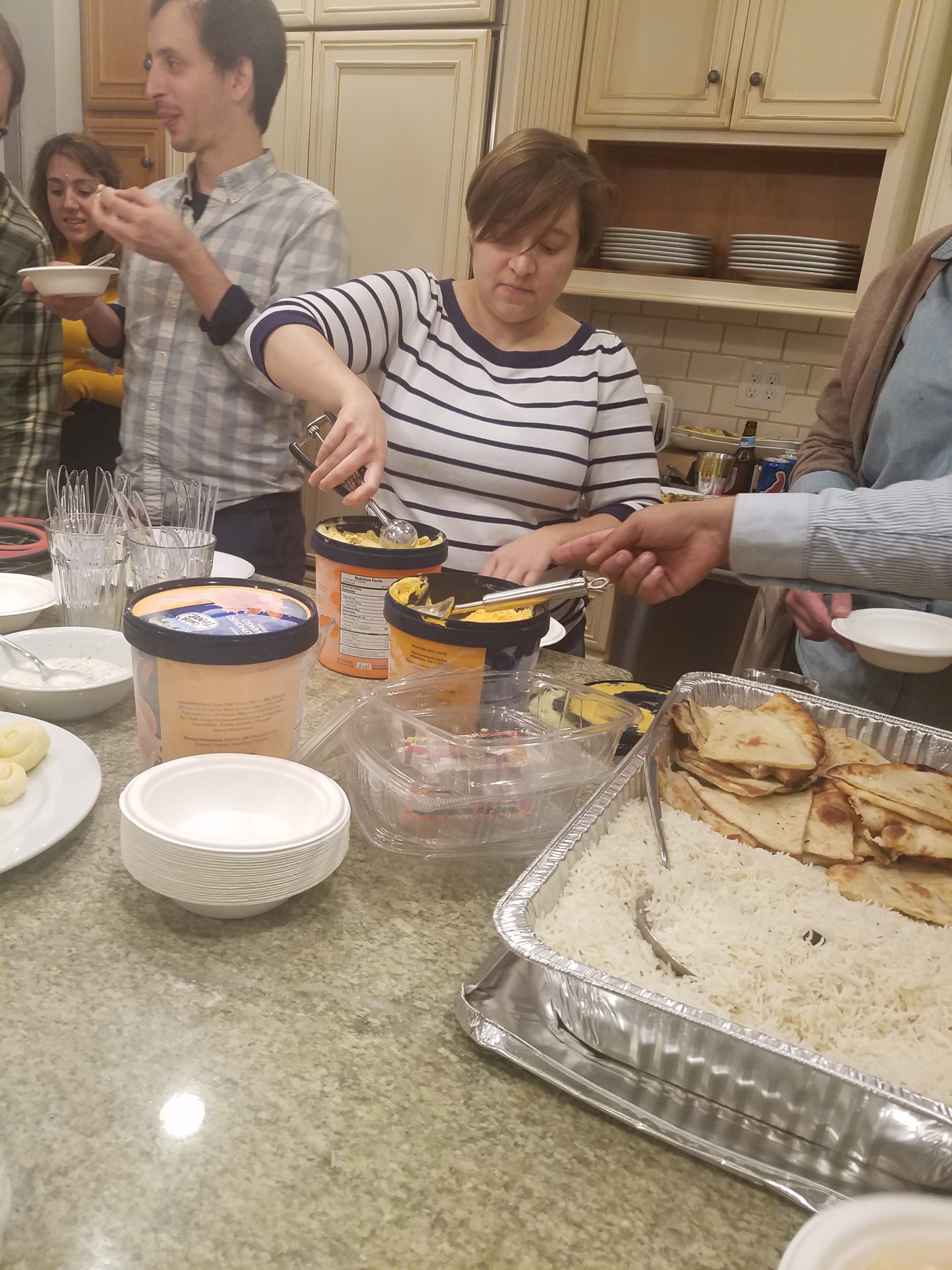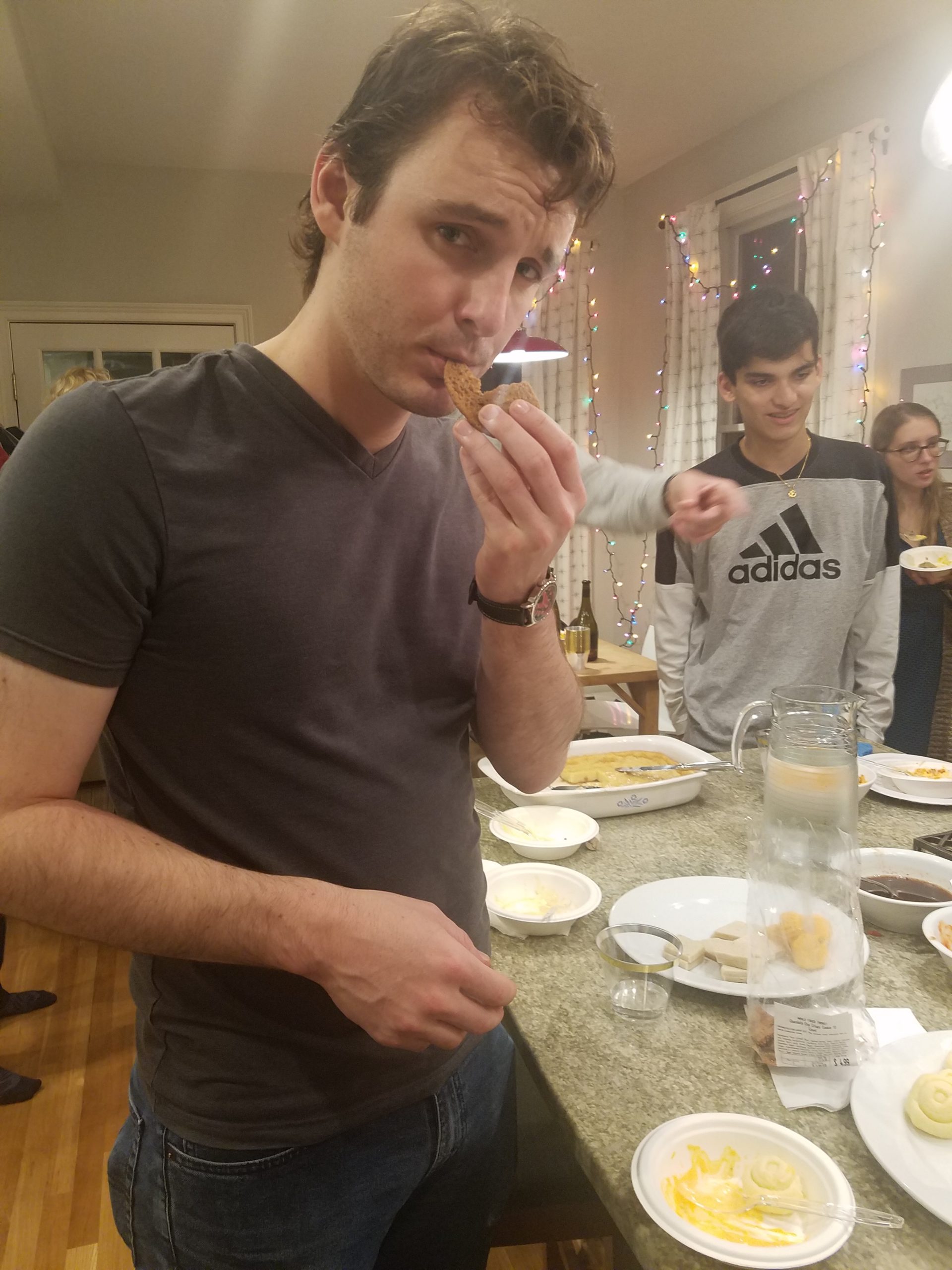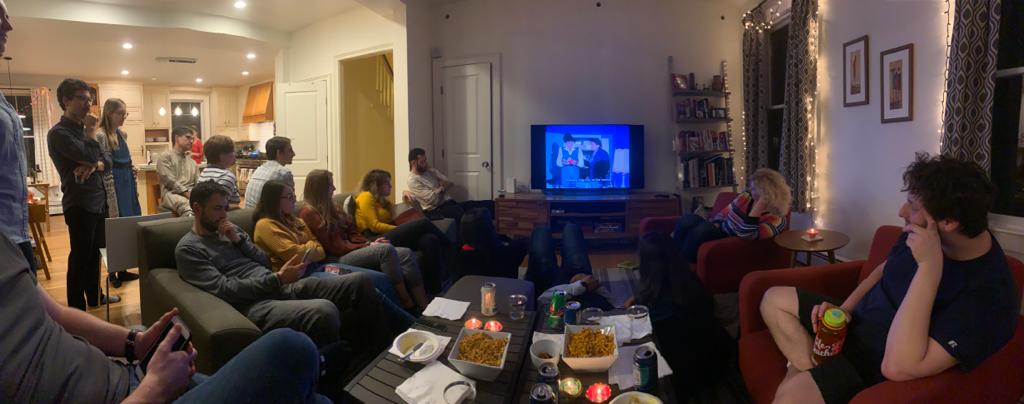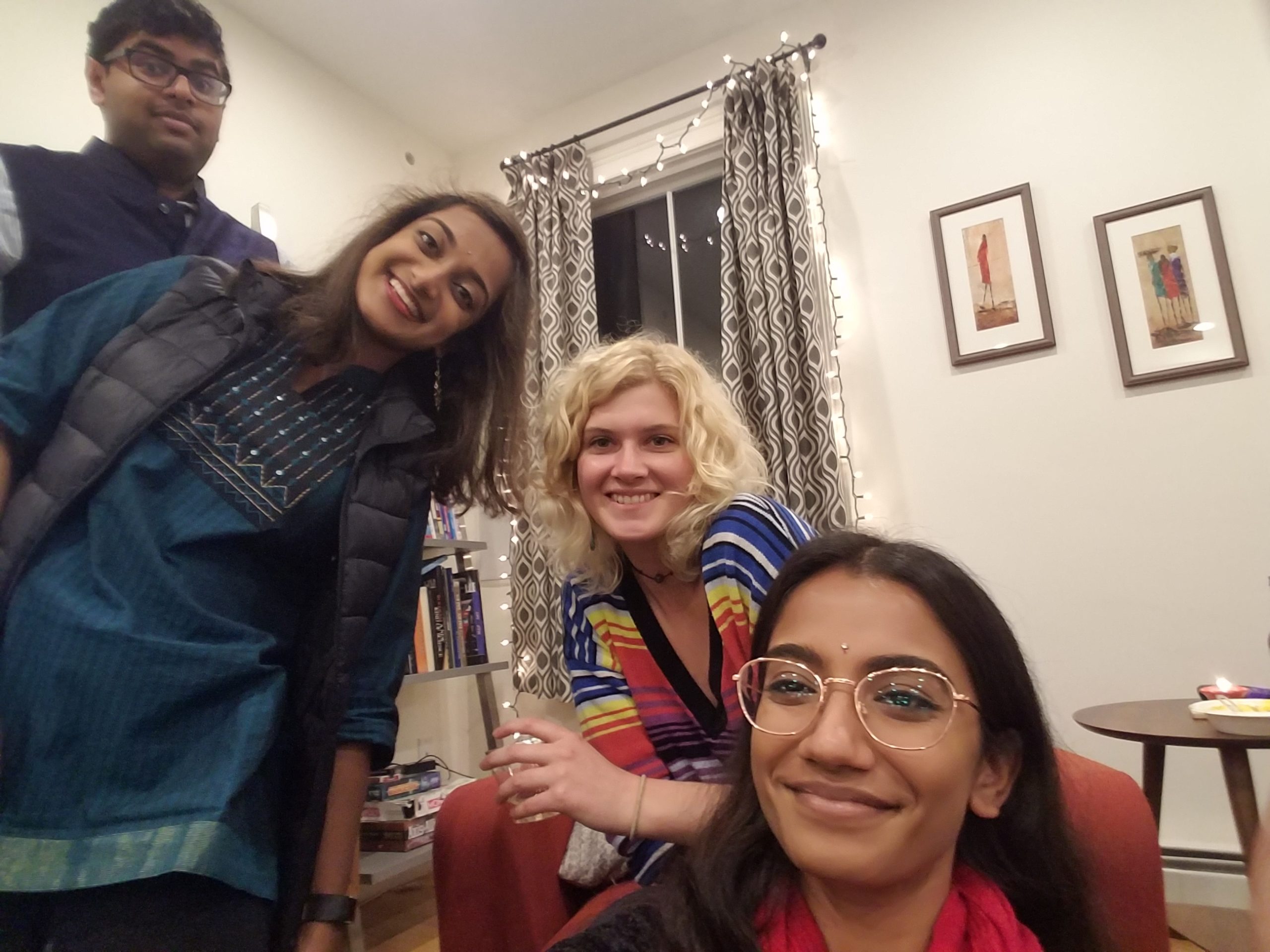If you meander over to the personnel page, you’ll see that the Datta lab has been joined by a peck of new postdocs (BTW, a peck apparently is equivalent to two gallons – who knew?). These include Greg Guichounts, who is joining us from David Cox’s lab at Harvard where he studied behavioral modulation of visual cortical responses (he has an amazing paper on the way – be on the lookout for it!); Dana Rubi Levy from Ofer Yizhar’s lab at the Weitzmann Institute, where she did this lovely work on social behaviors in mice; Angie Michaiel from Cris Niell’s lab at the University of Oregon, where she has been asking about the balance of top-down and bottom-up influences on visual responses (see here) and doing crazy, amazing things with mounting headgear on mice to understand how they sample sensory cues during naturalistic behavior (see here); and Caleb Weinreb from Alon Klein’s lab just upstairs from us, where he used his pure math background to infer cell states and dynamics through single cell sequencing techniques (here, here and here).
Our lab has become increasingly interested in how the brain uses the intersection of sensation and action to build models of the world and to make accurate predictions during naturalistic, unrestrained behavior – all of these new folks will be working on new projects in the lab that approach brain function from this perspective. Welcome to all!
And already, congratulations are in order – Caleb won a Jane Coffin Childs fellowship and Dana won a Human Frontiers Science Program Fellowship (and, to keep the party going, Jeff Markowitz recently won a Burroughs Wellcome career award)! Congrats all around – we can’t wait to figure out a way to have a socially-distanced get-together to celebrate everyone’s good fortune!
UPDATE – Greg’s super-cool paper about head movement and representations in V1 is now out here.
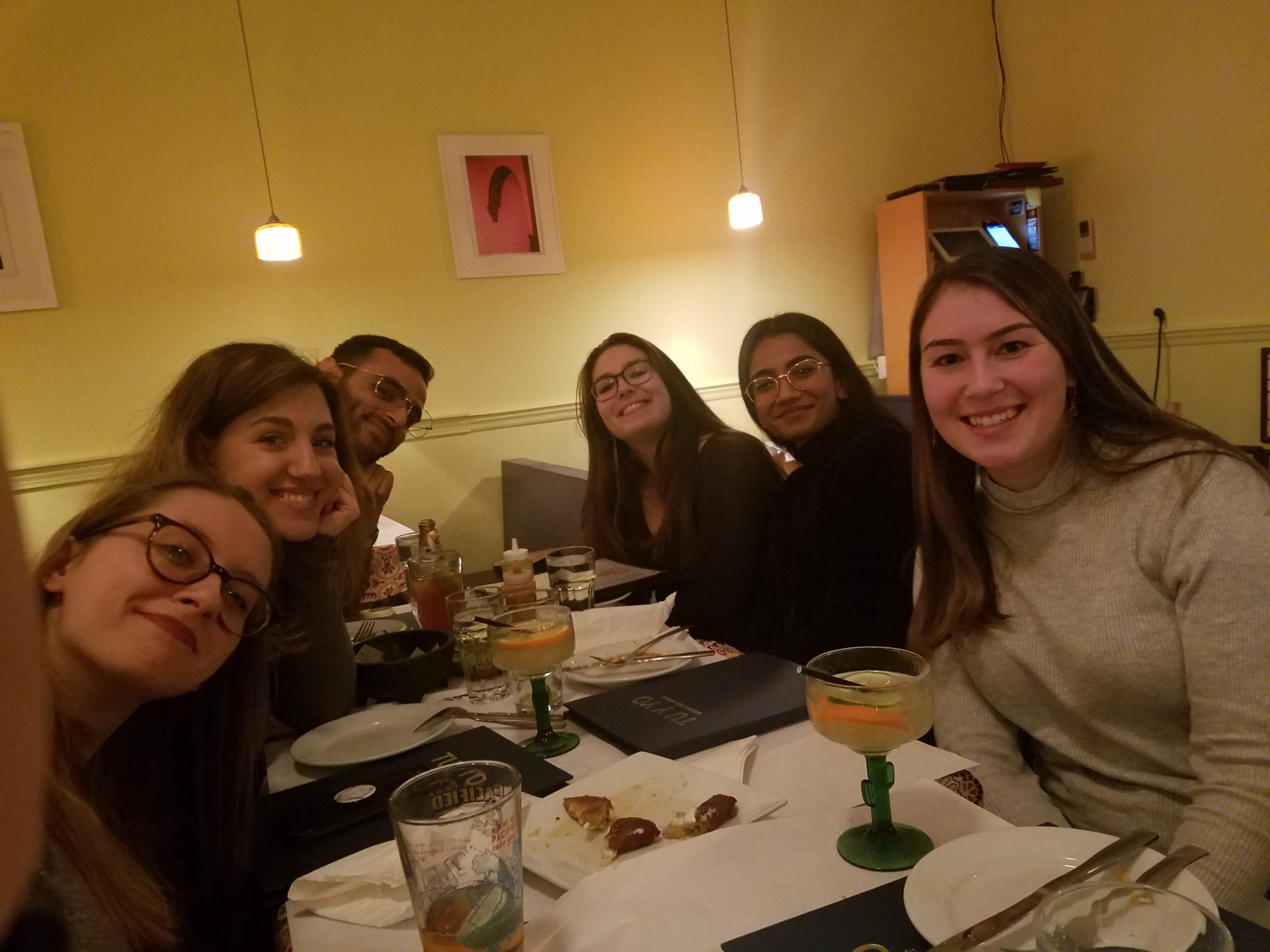
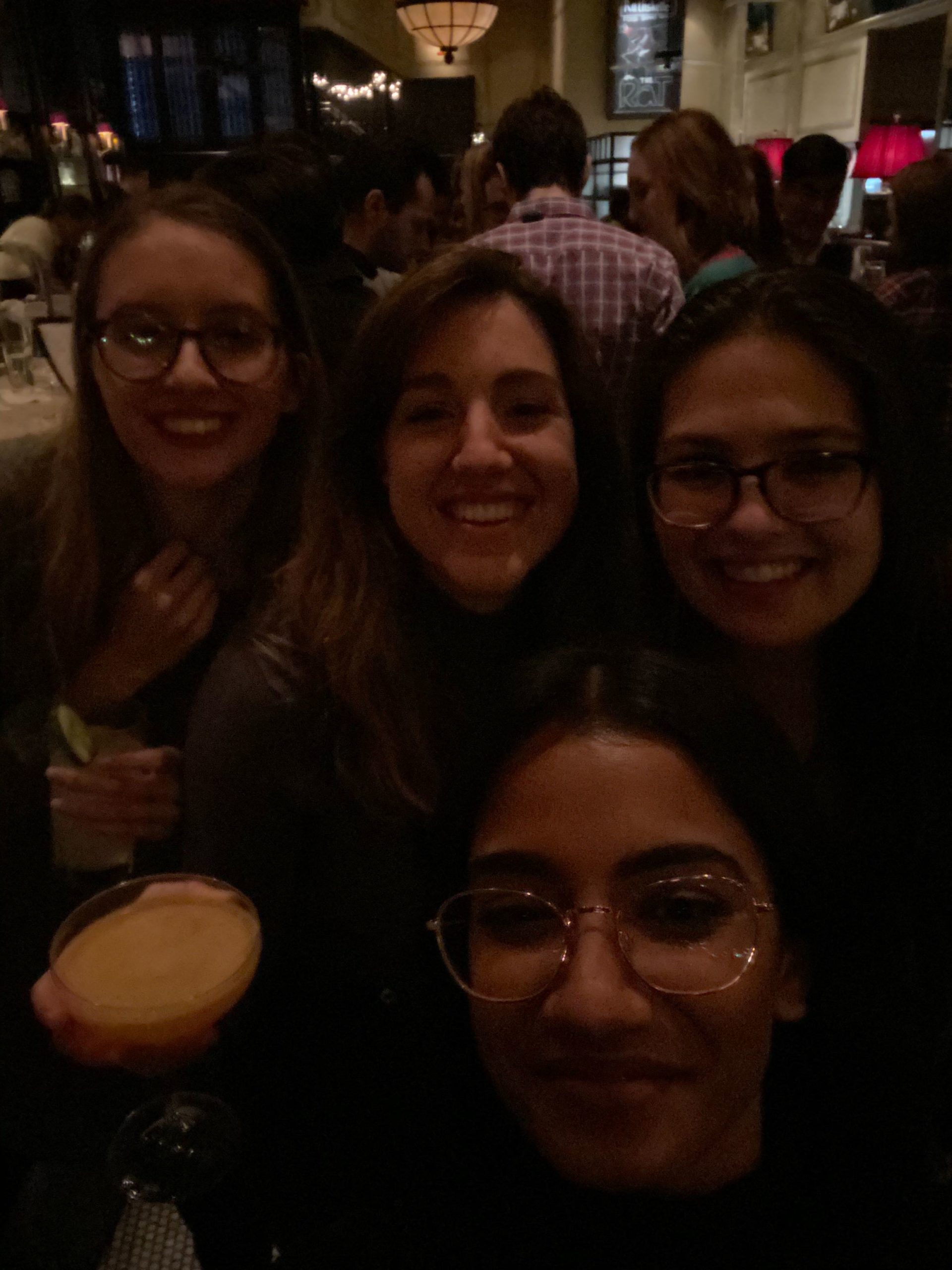
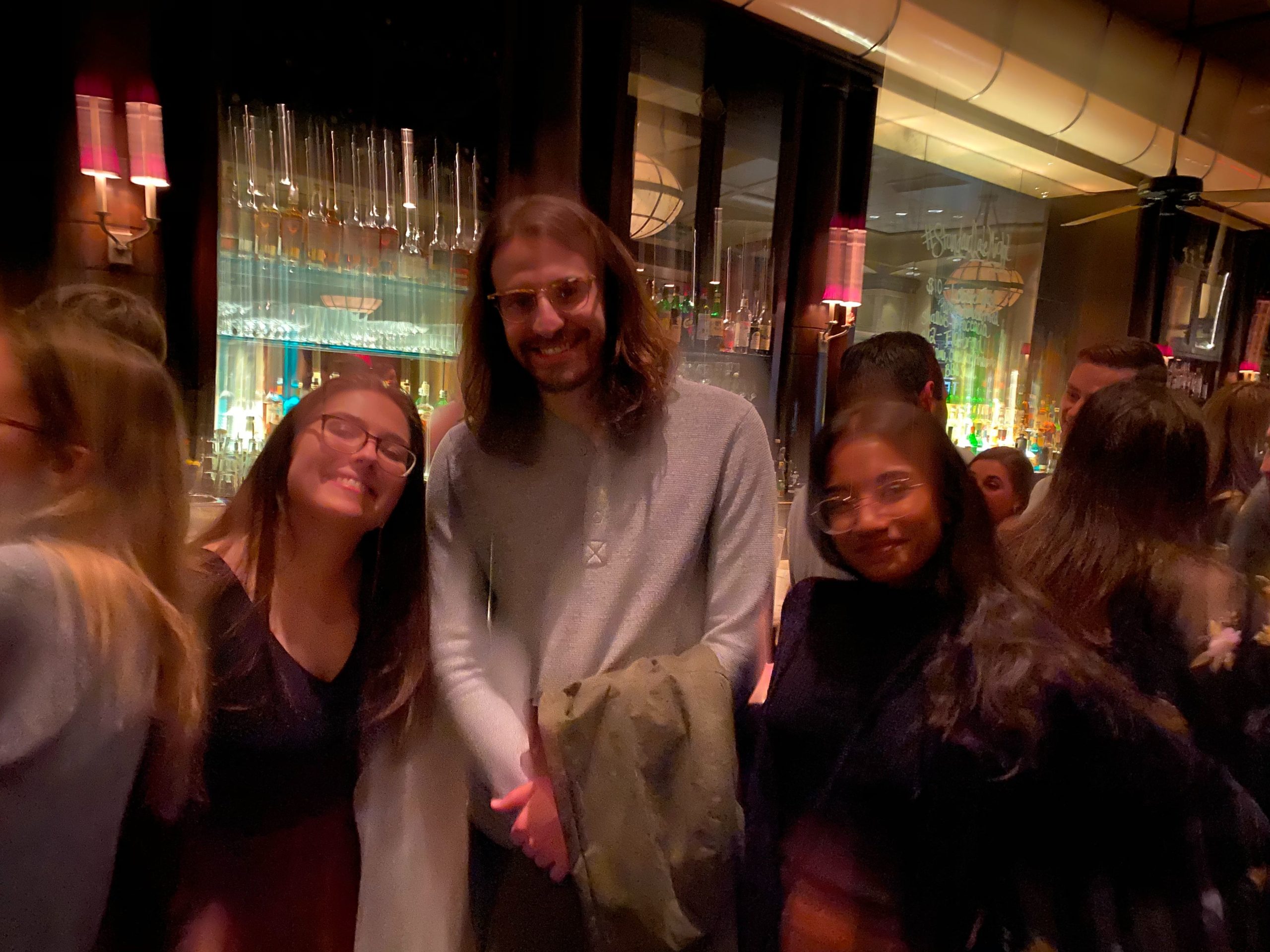
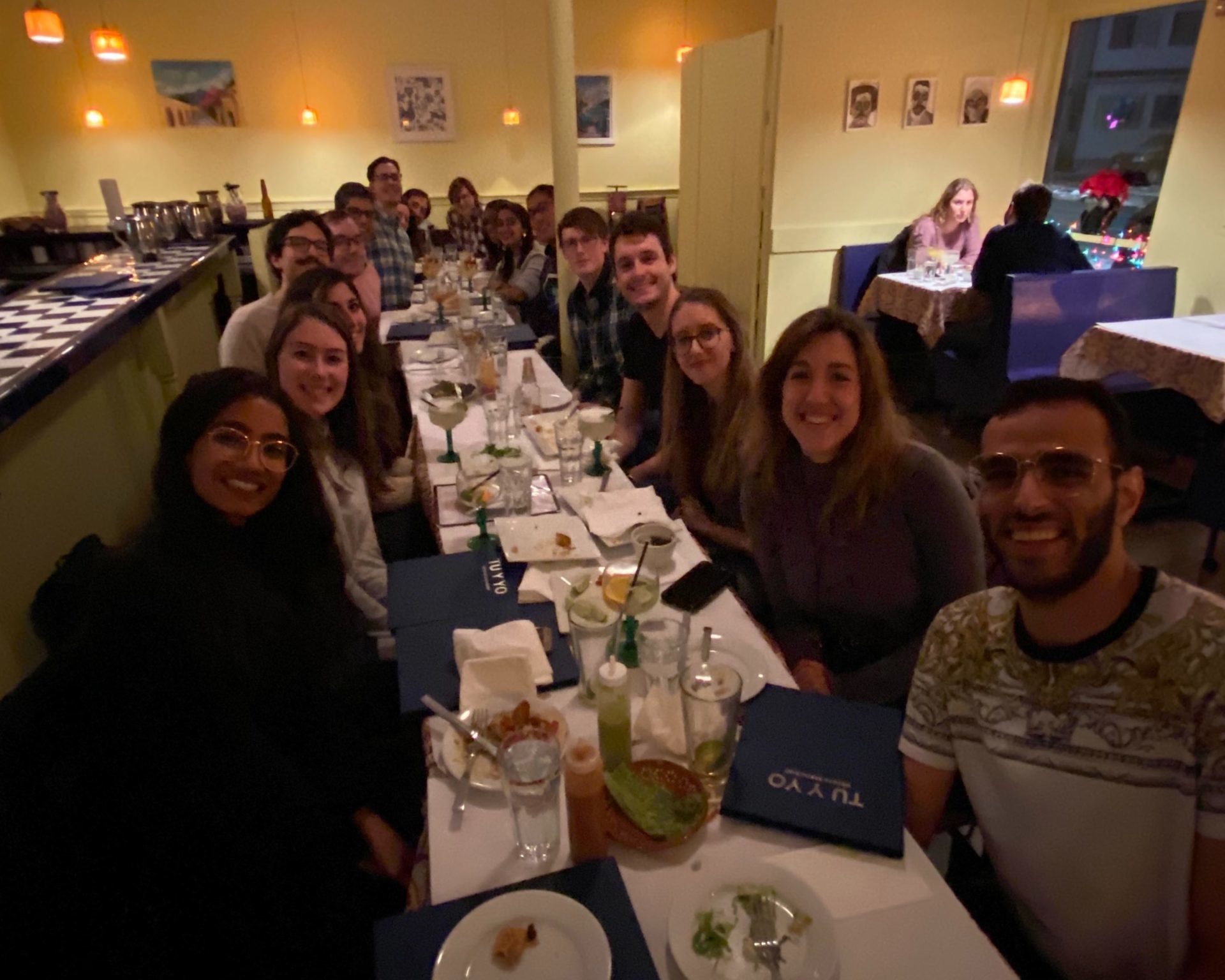 Our best to all for a great 2020!
Our best to all for a great 2020!